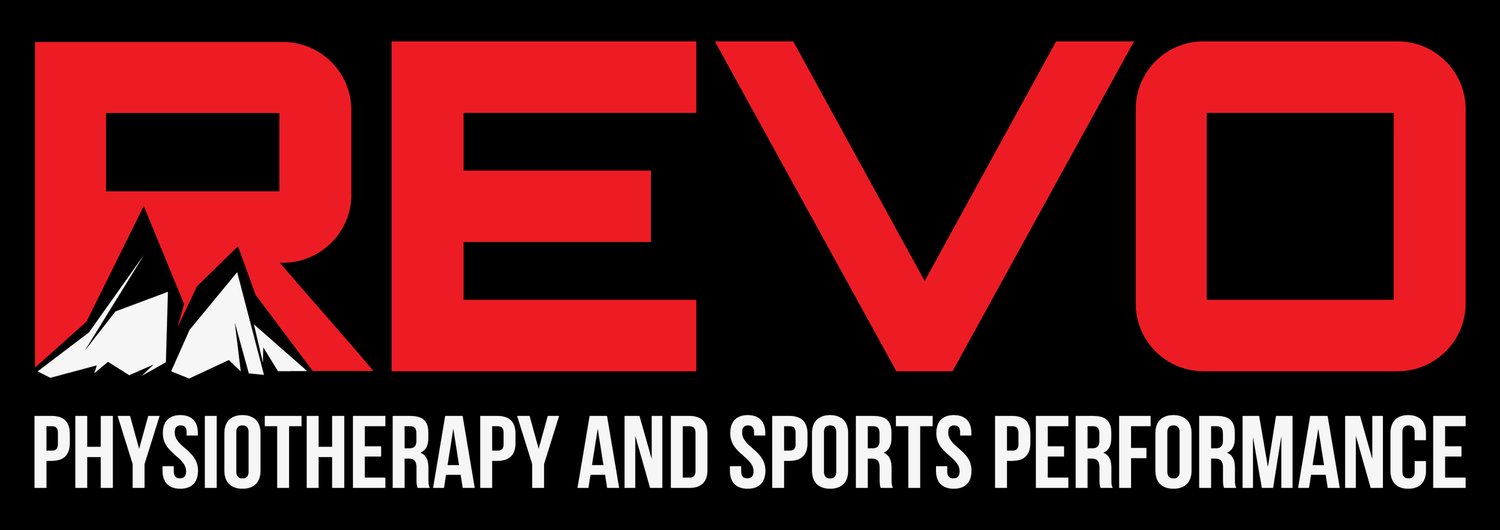What is PRP?
PRP, or platelet-rich plasma, therapy is a minimally invasive procedure that uses a patient’s own blood plasma to stimulate healing of an injury. PRP procedures supply injured tissue with a high concentration of immune cells, proteins, and growth factors from plasma allowing a fast recovery after muscles, ligaments, tendon or cartilage lesions. PRP therapy supports the three phases of tissue healing (inflammation, proliferation, remodeling) and fosters a regenerative stimulus to promote repair in tissues with low healing potential.
PRP is effective for treating acute or chronically injured tendons, ligaments, muscles, or joints.
A person may decide to get PRP therapy to avoid getting reconstructive surgery. Along with physical therapy, PRP therapy can be a helpful tool to improve symptoms and promote healing. Research suggests that there are improved outcomes when PRP was combined with a rehabilitation program.³
Here are some common instances when PRP is warranted:
A very slow healing (chronic) muscle, ligament, or tendon tear
To manage osteoarthritis symptoms
Tendinitis
Ligament sprains
Muscle strains
PRP is also used by surgeons during surgery to accelerate healing.
As mentioned above, following a rehabilitation program post procedure can help improve outcomes. Initial rehabilitation (10-14 days) focuses on promoting healing and regaining range of motion. After about 2 weeks, strengthening and neuromuscular control exercises are emphasized. Depending on prior activity level, symptoms, and severity of injury, the length of time spent in stage 2 can vary from 1-6 months. We can speed up this time frame by performing a blood flow restriction program. In the final stages of rehabilitation, the focus is on continued strengthening and neuromuscular control for sport specific movements, such as change of direction and rotational movements. Again, the time period spent in this phase is patient specific.
It can take up to 6 months to notice the benefits of PRP injections.

